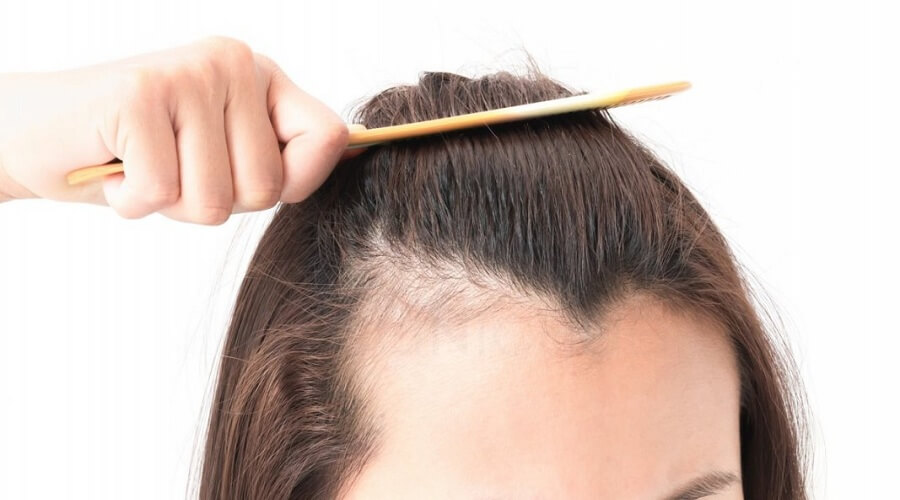Female Hair Transplant
Consult for Female Hair Transplant surgery in Pune
Though baldness is only common in men many women also suffer from baldness or thinning of hair due to improper care which can cause hair loss and this is particularly for women who have immunological conditions such as alopecia (which can be triggered by stress) or by damaging their scalp with dye, hair extensions and straighteners, hot oil hair treatments or chemicals used in permanents may cause inflammation (swelling) of the hair follicle, which can result in scarring and hair loss.
What Causes Female Pattern Baldness
Hair is important to both men and women but more for women from an aesthetic point of view. Though female pattern baldness is not common with most women it can be a huge psychological handicap. On our scalp, the hair sits in a tiny cavity in the skin called a follicle. Baldness occurs when the hair follicle shrinks over time, resulting in shorter and finer hair which results in the follicle not growing new hair. However, the follicles remain active which gives the possibility to grow new hair. What causes female pattern baldness is still not well understood, but the following could be the reasons:
Symptoms
Hair thinning in women is different from that of male pattern baldness. For women the pattern baldness could be:
It starts with widening through the center of the head and hair starts to thin mainly on the top and crown of the scalp. The front hairline in women recedes normally with age but mostly remains unaffected. In women, hair loss is which leads to total baldness like men are rare. Itching or skin sores on the scalp are generally not seen in women. Exams and tests Female pattern baldness Diagnosis is based on: Running tests to rule out causes of hair loss. The pattern of hair loss. Medical history. Your doctor will examine you further to look for other signs such as male hormone (androgen), such as: Abnormal new hair growth on the face or between the belly button and pubic area. Sudden Changes in menstrual periods and enlargement of the clitoris New acne Skin Biopsy or blood tests may be used to diagnose skin disorders that cause hair loss. A sample of the hair under a microscope is also checked to find problems with the structure of the hair shaft itself. Treatment When women suffer from female pattern baldness the results are permanent, if not treated. In most cases, hair loss happens with age and the loss is moderate. MEDICATION The only approved medication by the United States Food and Drug Administration (FDA) to treat female pattern baldness is minoxidil: It is applied to the scalp and for women, the 2% concentration is recommended. Minoxidil may help hair grow in about 1 in 5 women. In most women, this treatment could slow stop hair loss. After consulting your doctor you must continue to use this medicine otherwise hair loss starts again when you stop using it. If minoxidil does not work, your doctor could recommend other medications, such as spironolactone, cimetidine, birth control pills, ketoconazole. Hair Transplant for Women The process of hair transplant is not that different from men and tiny plugs of hair are removed from areas where hair is thicker and transplanted in areas that are balding. Minor scarring may occur in the area from where the hair is removed and a slight risk of skin infection is possible. You could need many transplants, which can be expensive but the results are often excellent and permanent.

